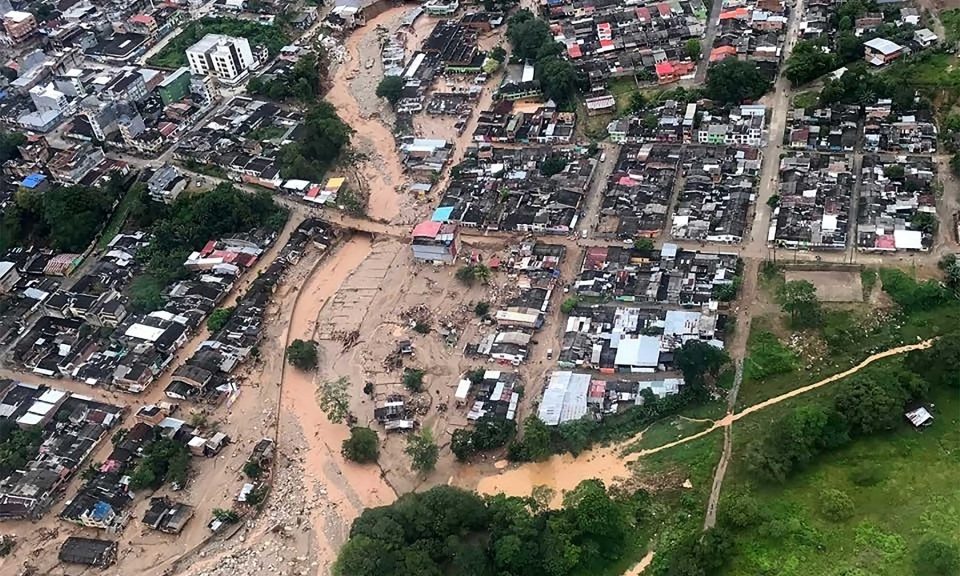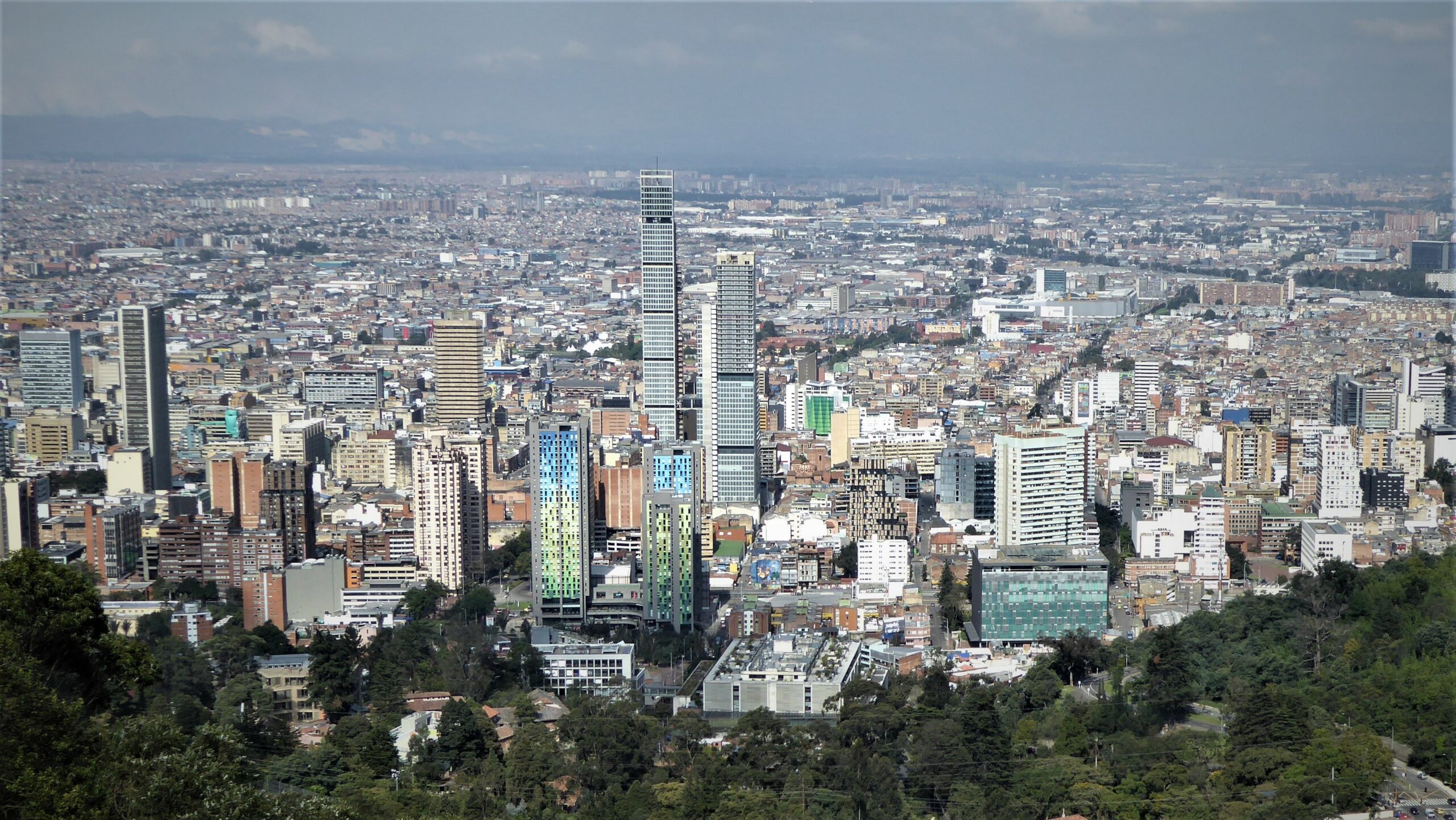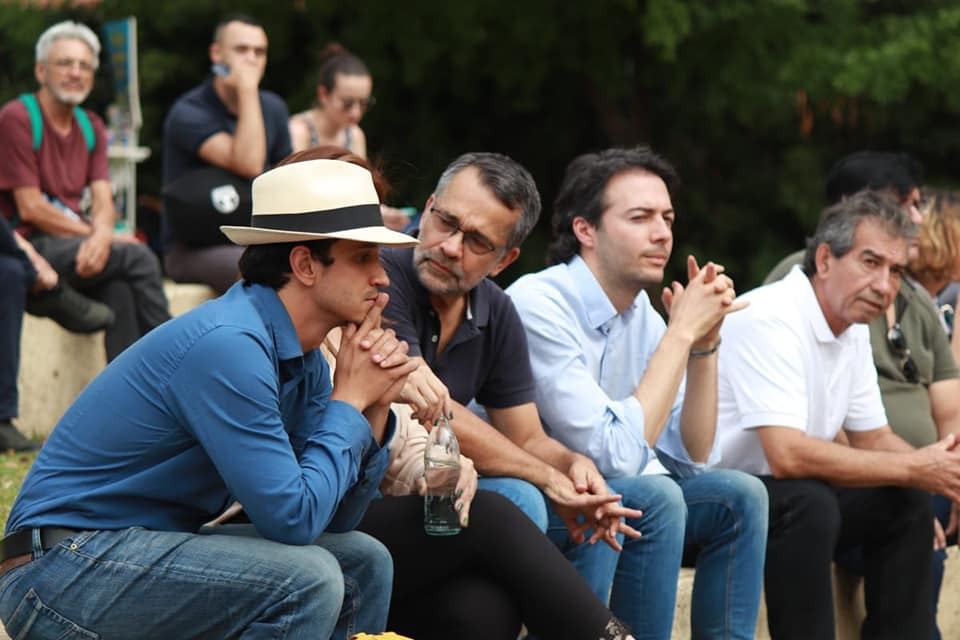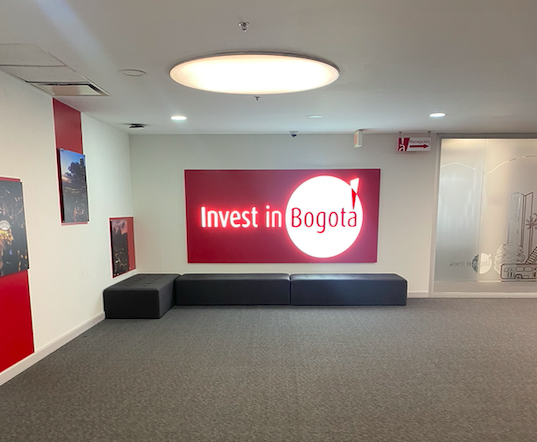 If none of the candidates merits your vote, Colombia’s constitution allows you to actively vote for none of them through voto en blanco.
If none of the candidates merits your vote, Colombia’s constitution allows you to actively vote for none of them through voto en blanco.
Okay, so no candidate has managed to convince you; that’s a respectable position and that’s your right. In Colombia, those who don’t want to support any candidate but still want to vote can do something known as voto en blanco. It differs from simply spoiling your vote, as it has some established consequences. But what are they?
We went to the registraduría, the source of all wisdom voting- and election-“wise” (if you’ll pardon the pun), to understand blank voting.
What is it?
It’s a political expression of dissent, abstention or disapproval, with political effects. Voto en blanco is an expression of that disapproval which in turn promotes the protection of the freedom of voters.
How do you vote en blanco?
Simply mark the grid or marking area of the voto en blanco in the voting card.
What about the promoters of voto en blanco?
Not only is there a space on the voting card for voto en blanco, you can also vote separately for the people behind the voto en blanco. Colombian political reform established the possibility for the groups to be registered as another option of voto en blanco, though it’s unclear what purpose this serves. But you can’t mark both spaces – that will count as a spoiled ballot.
Is it true that voto en blanco results are added to the candidate with the most votes?
No. Voto en blanco is tallied independently.
The important question:
If voto en blanco wins, will elections take place again? In several instances, yes. For governors, mayors, or after the first round for presidential elections, the vote will take place again if the blank votes are in the majority. In the case of single-candidate elections, the same candidates will not be able to participate; for general government institutions, the parties which did not reach the minimum threshold for receiving candidates may not stand for election again. The majority needed to repeat the election should be an absolute majority, which is 50% plus 1 of the valid votes, and not a simple majority.
Finally, in the extremely unlikely scenario that voto en blanco wins a second time, the candidate with the majority of valid votes would win the elections.
One last question:
Do all countries have this system? No. Many countries do not offer this option; citizens who do not wish to vote for any candidate simply do not mark the card. In Colombia, blank votes are valid votes, unlike non-marked cards and spoiled votes.
– This article originally appeared in edition 54 of The Bogotá Post.





